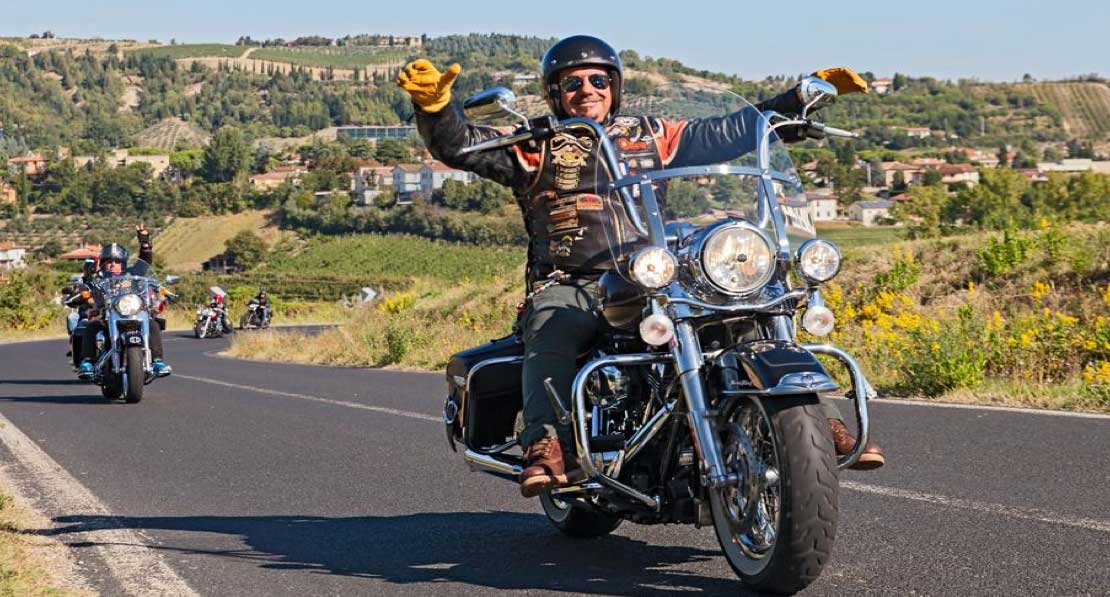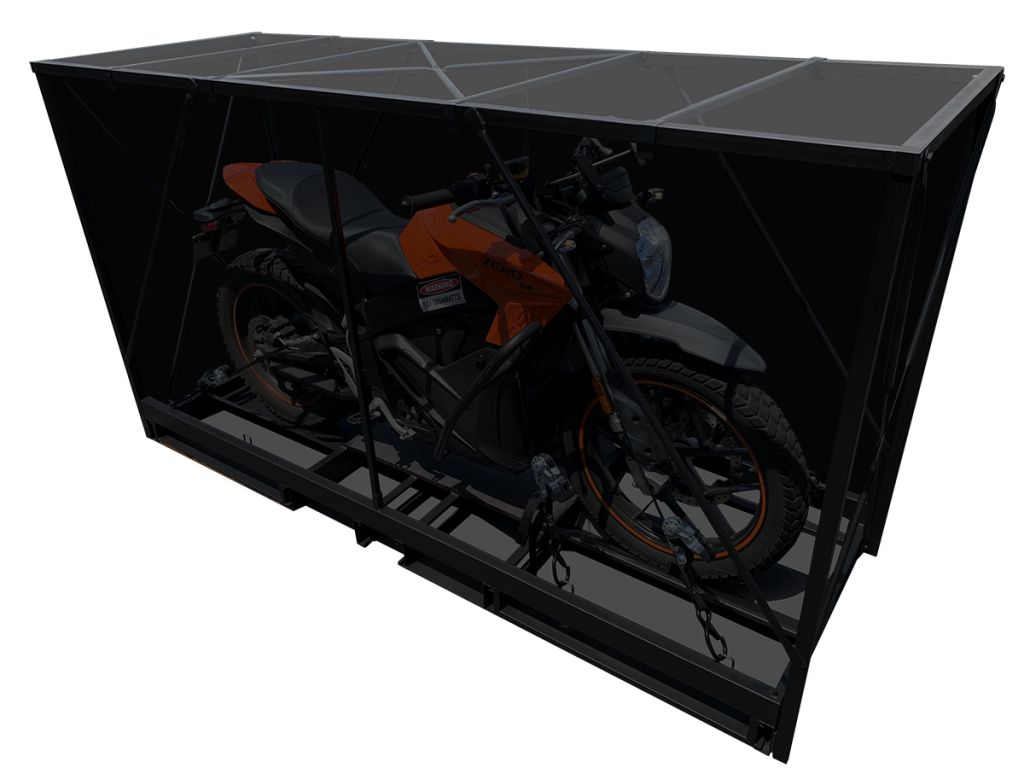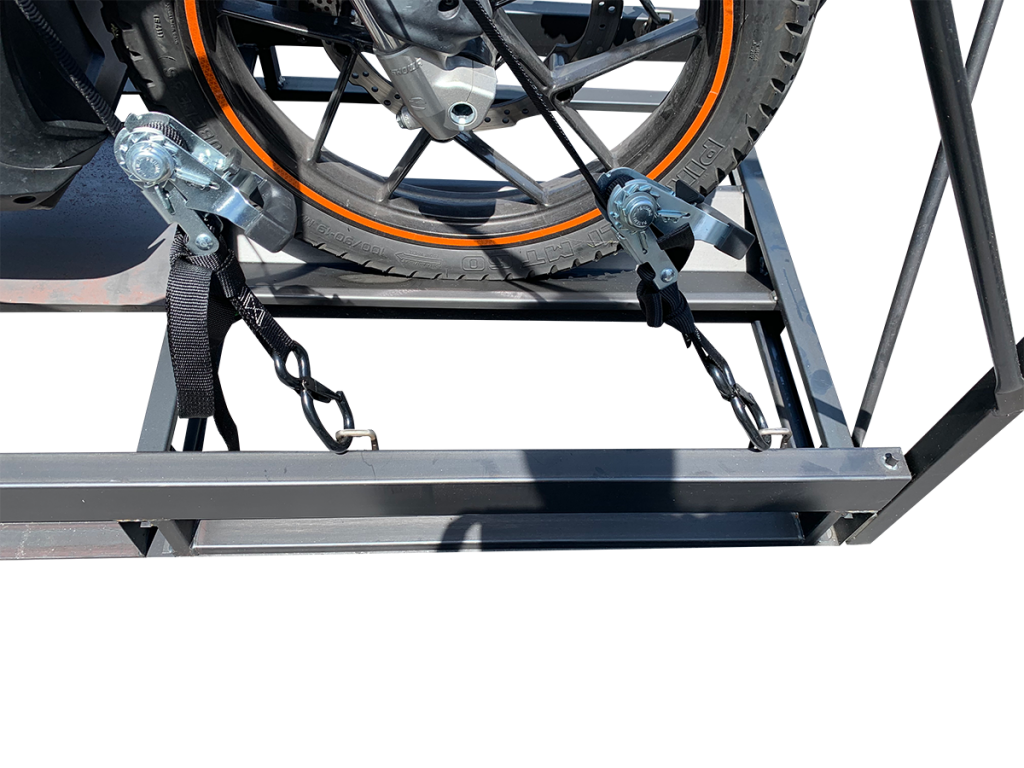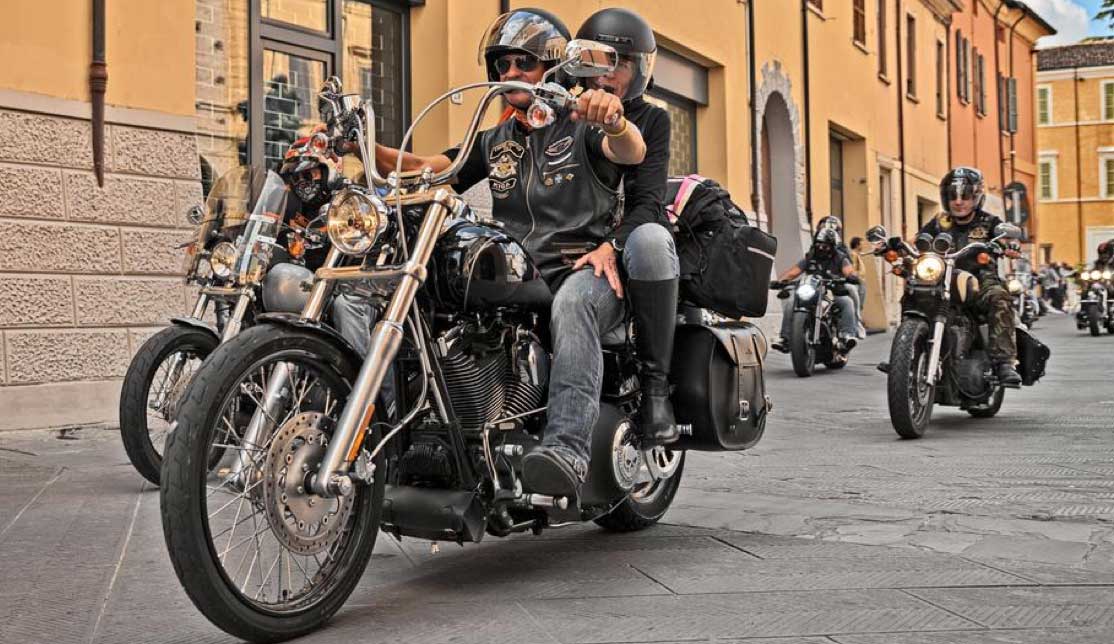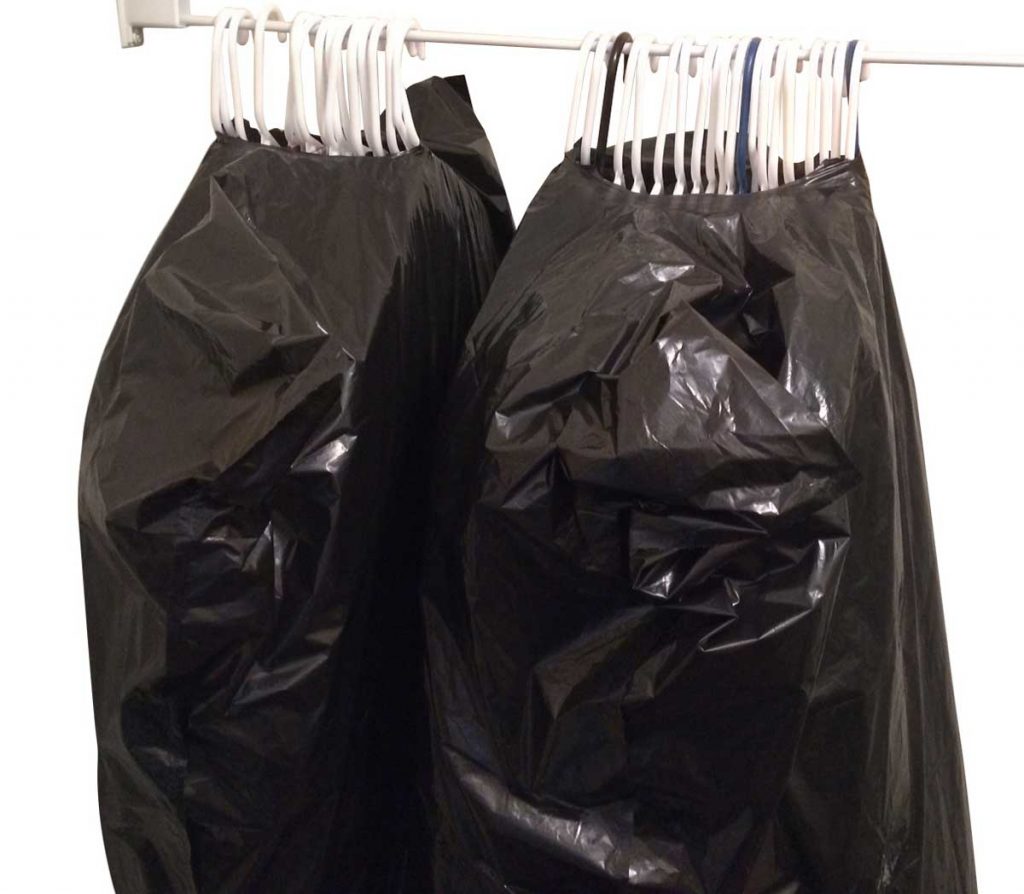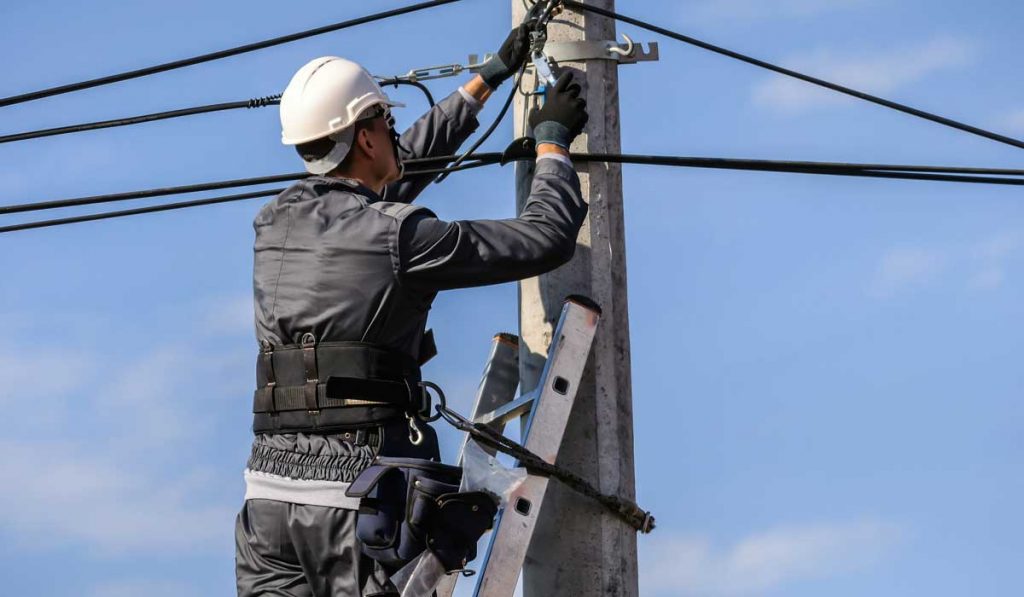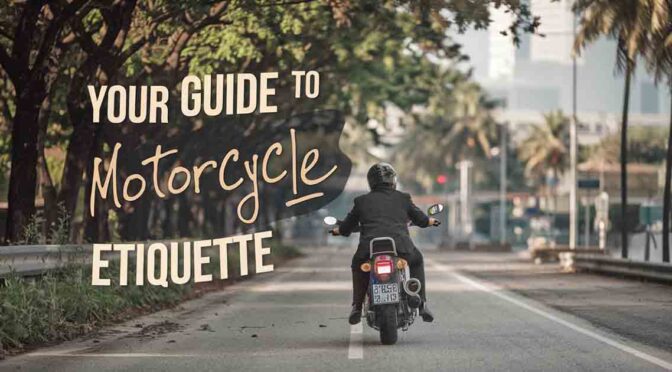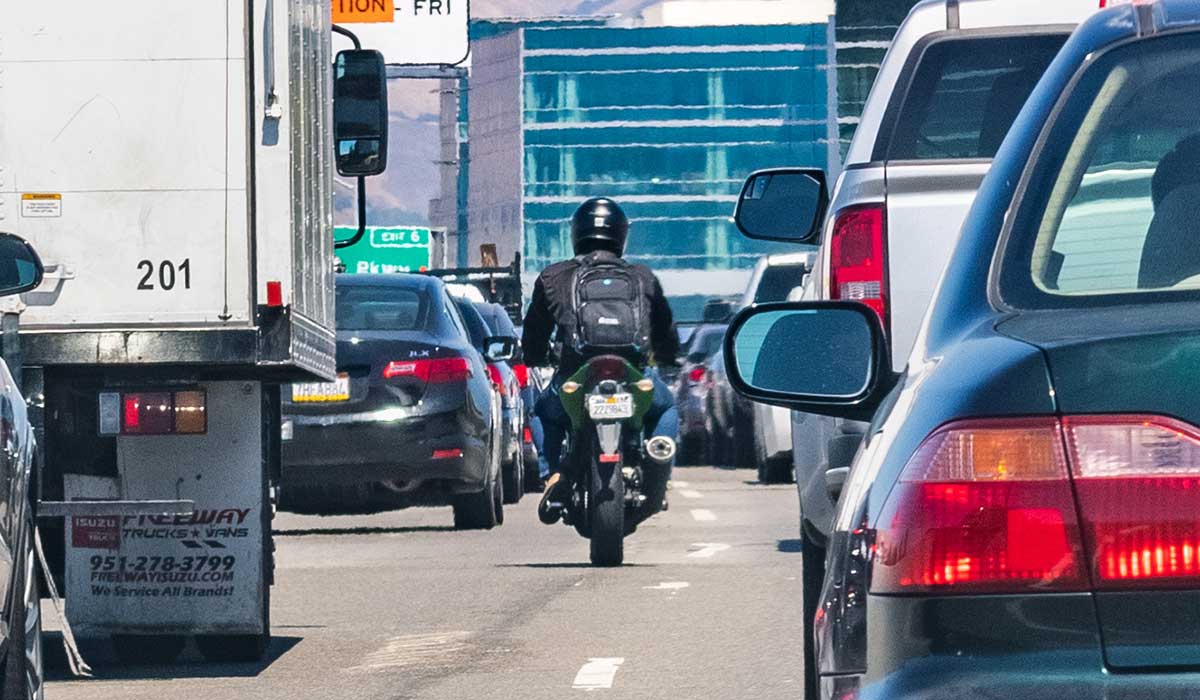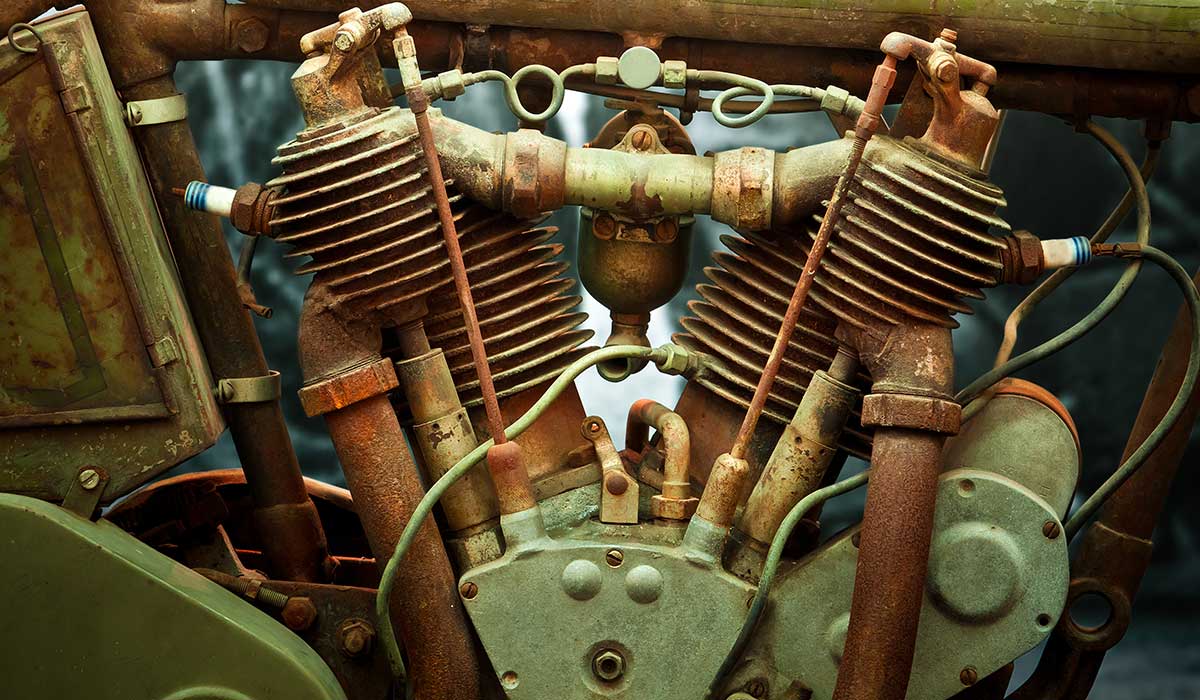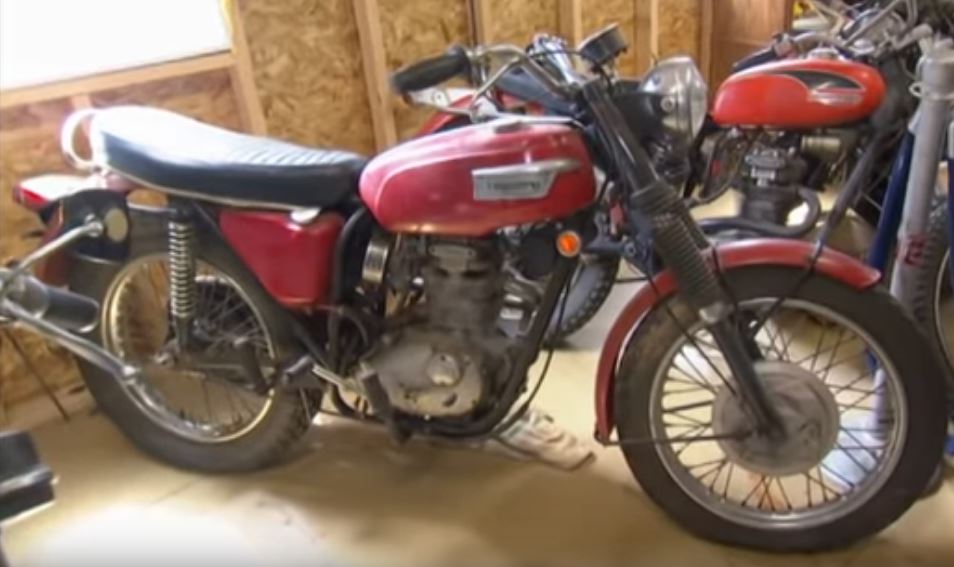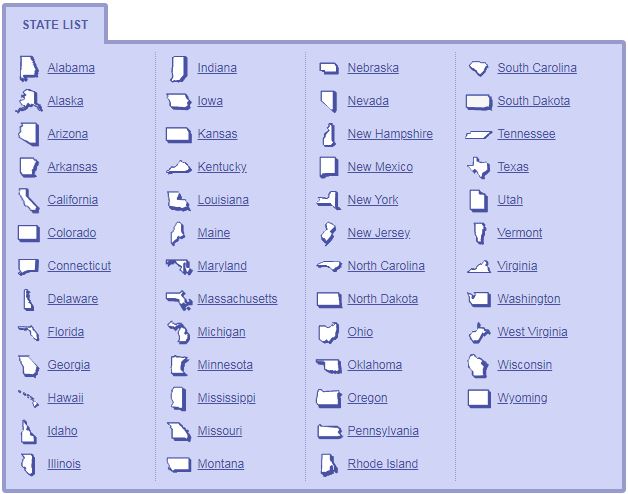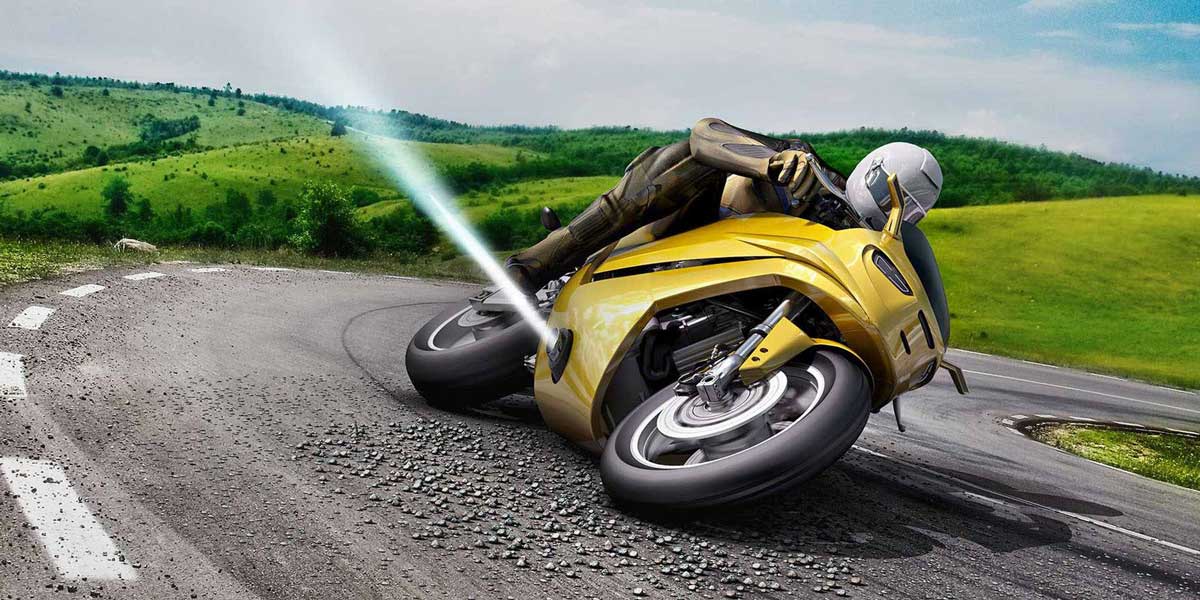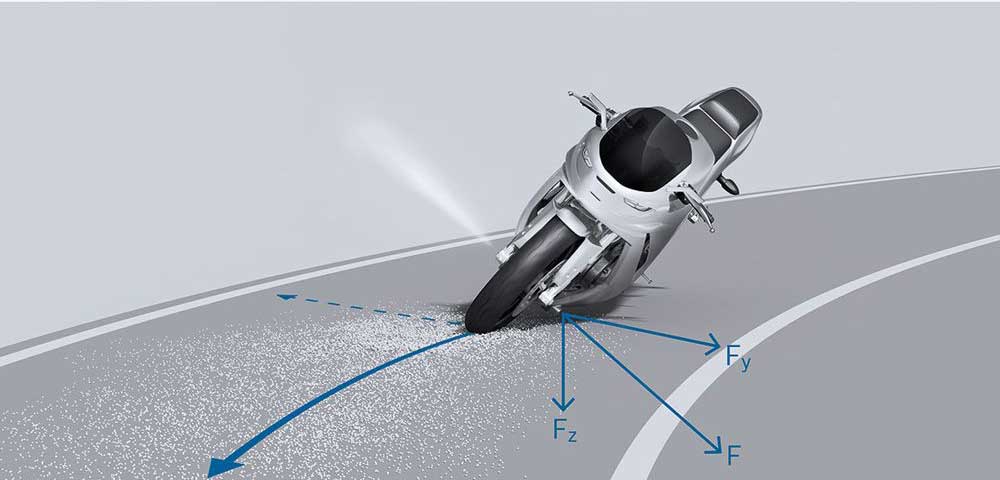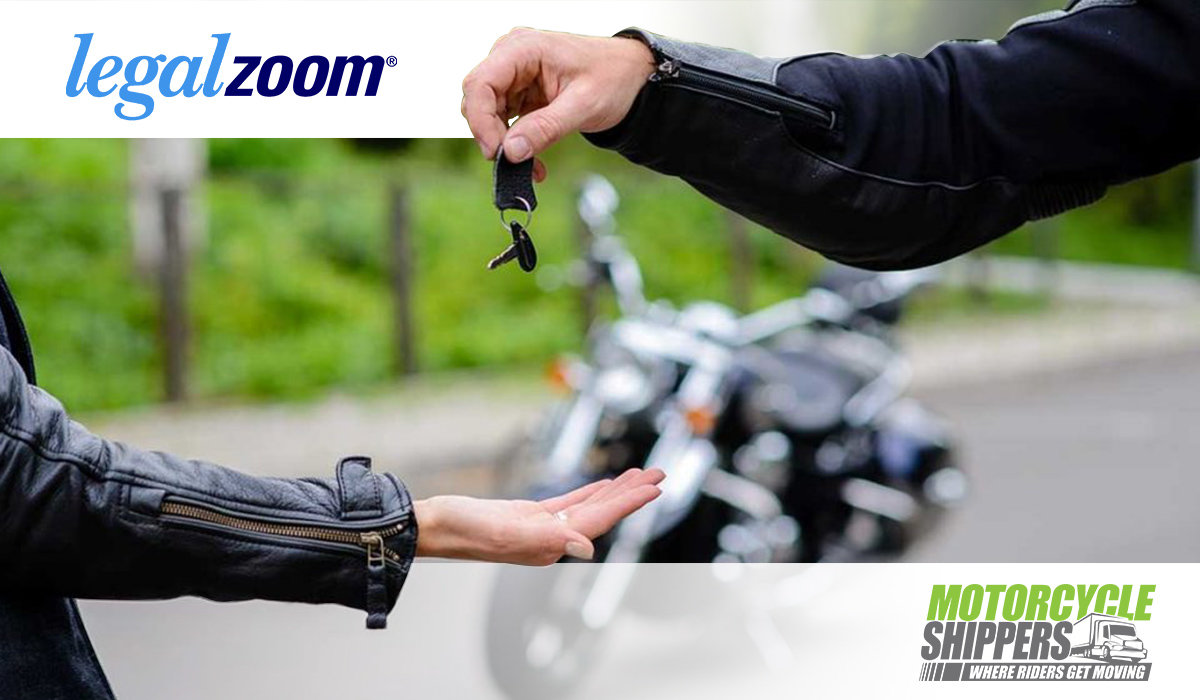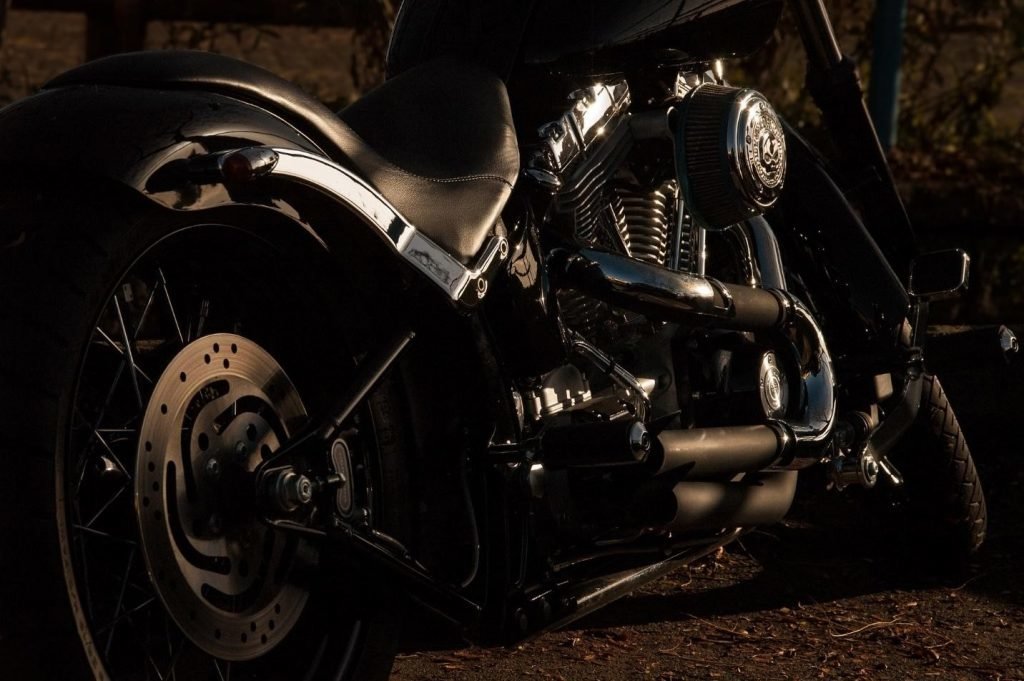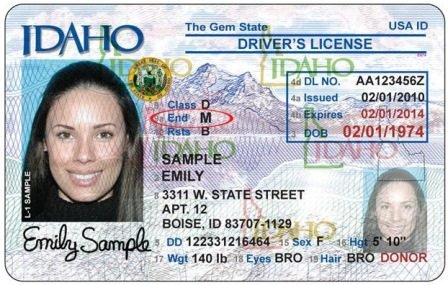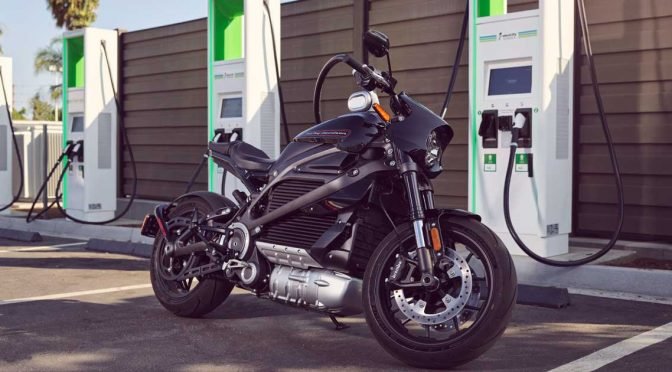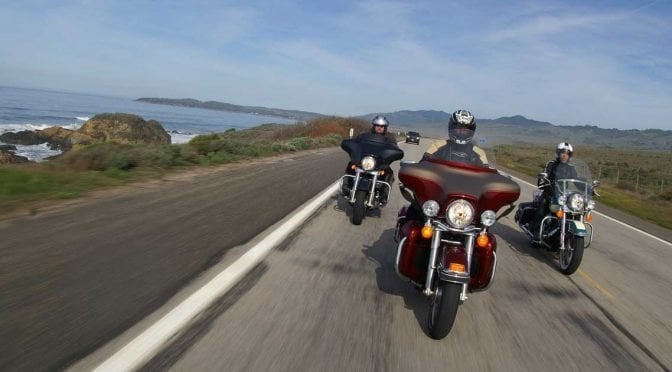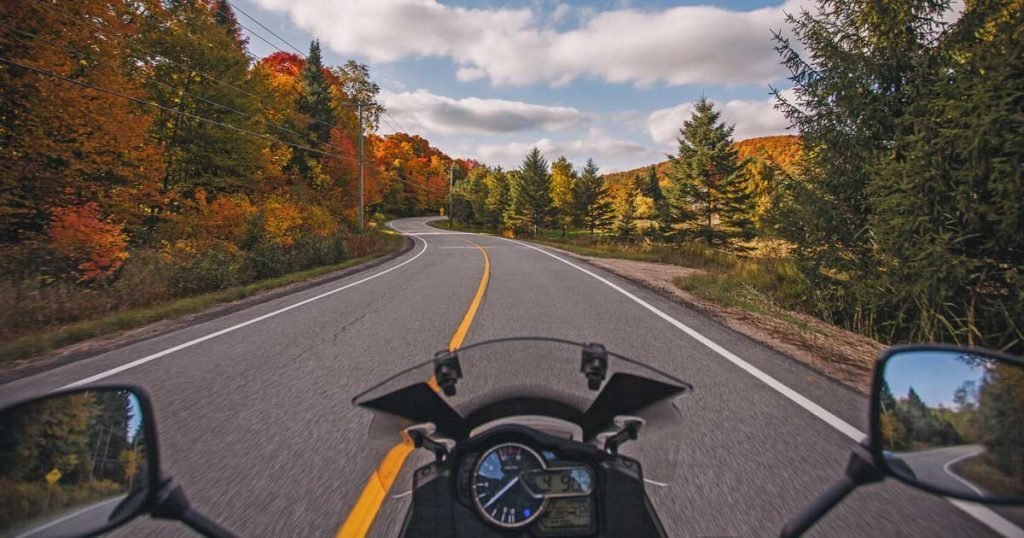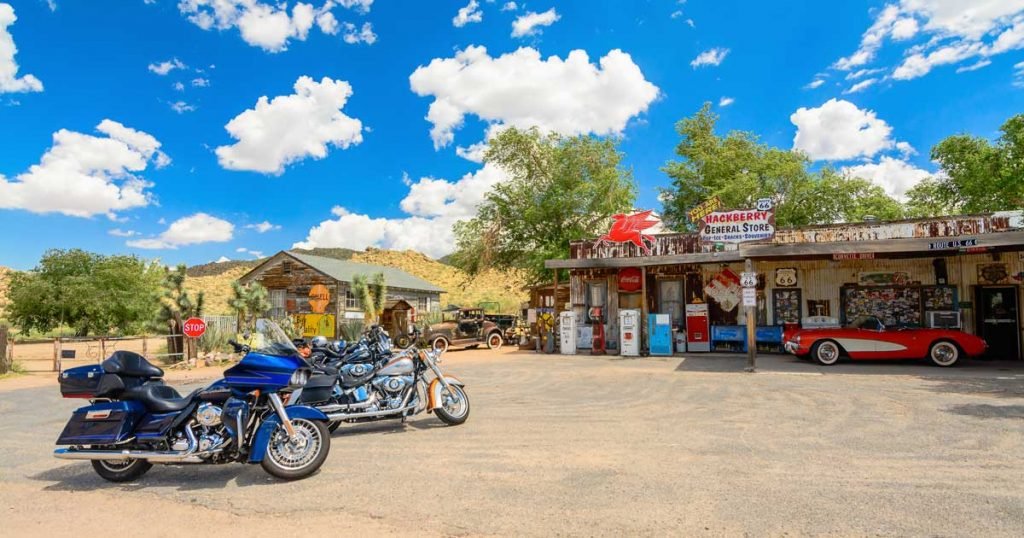Posted By
Matt Ellis, Motorcycle Shippers Brand Ambassador. Armed with a laptop and camera, he can be often be found at the race track with friends and family. Motorcycle Shippers
9 OUT OF 10 RIDERS PREFER RIDING THEIR BIKE AS OPPOSED TO WAITING FOR IT TO ARRIVE VIA SHIPPER
Okay, truth be told, we didn’t really survey any riders about this. We didn’t have to, since we’re confident that the real numbers would be 10 out of 10. Would you really want to ride with the guy whose answer was, “waiting?” (He’s probably that one dentist that didn’t recommend sugarless gum in the old TV commercials).
The fact is, we’re riders, too. And while our business is shipping motorcycles, we know that our service isn’t the part of your riding trip that you look forward to. What we offer isn’t part of the fun – it’s the necessary step leading to the fun. What you want from us is a fast motorcycle shipping, a reliable service that is easy to use and ensures that your bike is there to ride when you arrive at your alternate location.
Not long ago, we we thinking about the process of shipping motorcycles; both from our point of view as your shipper, as well as from your perspective as our customer. We realized that the industry requirements left us both with some challenges and that’s when we came up with an idea to add on option to our standard solution and take the head-scratching process of properly protecting your motorcycle during shipment off of your shoulders. In the process, we realized that this would cut transport times by more than half and ensure exact, all-inclusive quoting without any add-on fees! Make way for our new..
7-Day Motorcycle Shipping Service!
The Crate …
What we designed is called the Pop-Up® Crate. It’s basically something from a Transformers movie – a sturdy motorcycle shipping crate that comes to you folded down flat. You simply raise the sides, push your motorcycle inside and secure it, (using the included 3 sets of Soft Cinch tie downs!), then call us to pick it up! 7-days (or less) later, your motorcycle arrives at it’s destination and you can take off on a new adventure! It really is that easy!
Sure, there’re a few stipulations. For one, you’ll need to have a quarter-tank or less of fuel, which of course means another excuse to go riding! (“Sorry honey, I have to run another quarter tank out of the bike!”)
But hey, we’ve eliminated the need for you to worry about shipping an uncrated bike, or playing engineer to build your own crate out of whatever wood you’ve got lying around the garage.
Plus, there’s just something fun about un-crating your motorcycle when it arrives. It’s like unwrapping a present and let’s face it … we all love unwrapping presents! Oh wait.. there’s more.. you get to keep the crate for future use ($490.00) value. Save it for your next move, store your bike in it for the winter, or make give man’s best friend a new home, it’s your decision.
The Quote …
As I mentioned, this new Pop-Up® Crate has also enabled us to streamline the quoting process, since everyone’s bike meets the same standards and dimensions. That means that we can quickly supply you with a shipping rate for your motorcycle that is not only very attractive, but also includes all the extra stuff that you can get hit with out there.
No worrying about surprise “Residential Delivery” fees, unexpected “Fuel Surcharges,” “Lift Gate” fees or other sneaky stuff! We’ll provide you with a reliable, competitive quote that will be the same amount on the day we estimate it, as the day we deliver your ride!
The Peace of Mind …
Finally, there’s the peace of mind in knowing that your bike is shipping in a well-designed crate, protected from damage, as well as against damage, should anything actually happen to it! With our 7-Day Service, we include up to $7,000.00 of valuation coverage with ZERO DEDUCTIBLE at NO ADDITIONAL CHARGE!
“But my bike is custom! 7-grand barely covers one tire!”
Well, that’s fine, too! We cover the first $7,000.00 with your 7-day transport quote and you can purchase additional coverage for just $7 per $1,000 of additional valuation! So, even if you’re riding a solid gold, diamond-encrusted full-dresser inlayed with Mom’s collection of your baby teeth, there will still be valuation coverage available to protect that. (That is, assuming you can place a monetary value on your baby teeth).
